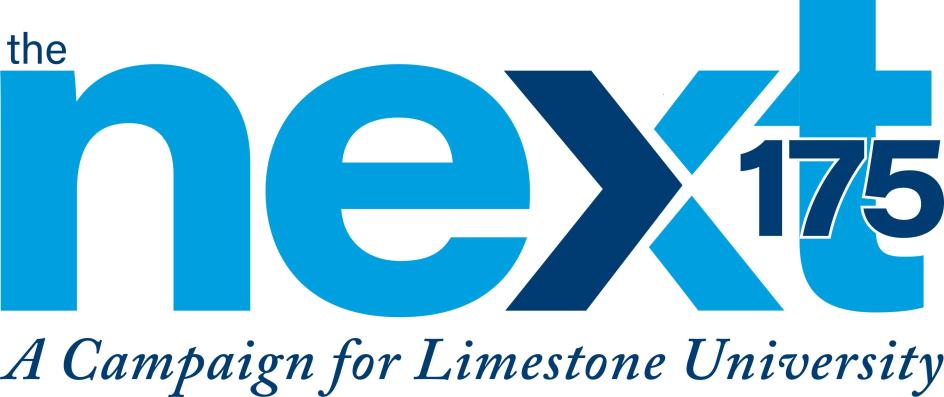March 22nd, 2023
Limestone Announces Strategic Realignment Of Resources & Launch Of New Fundraising Initiative

A proactive strategic realignment of resources being implemented by Limestone will better position the University to support long-term goals and to serve its mission to deliver excellence in educating students from diverse backgrounds, including those individuals who may find access to higher education difficult.
The comprehensive plan is aimed at allocating resources to mission-critical services and innovations, while also identifying additional cost-savings measures and efficiencies. Limestone is studying a series of objectives, strategies, and action items that will emphasize affordability for the On-Campus, Online, and Graduate Programs. The plan will include reducing operations costs and restructuring some of the University’s academic programs. A decrease in workforce will include voluntary retirements and selected position reductions from the operating budget.
The COVID-19 pandemic accelerated the financial challenges on small liberal arts institutions such as Limestone, which must find ways to operate more efficiently. Such measures will preserve its educational mission and put Limestone on a secure path for future growth.
For Limestone, and many other institutions, the pathway forward will include being more agile and creative, including the realignment of resources to match institutional priorities.
Along with the realignment plan, Limestone is embarking on a major new fundraising initiative. The Board of Trustees, in partnership with Limestone’s senior leadership team, announced on Friday, March 17, the launch of the most ambitious fundraising plan in its history – “The Next 175.”
The goal of the multi-million-dollar fundraising campaign is to provide the financial stability and resources needed for the university to prosper and thrive for the next 175 years. Those who invest in “The Next 175” will be providing Limestone with immediate-use funds that will allow for strategic deployment of resources – where and when they are needed the most.
